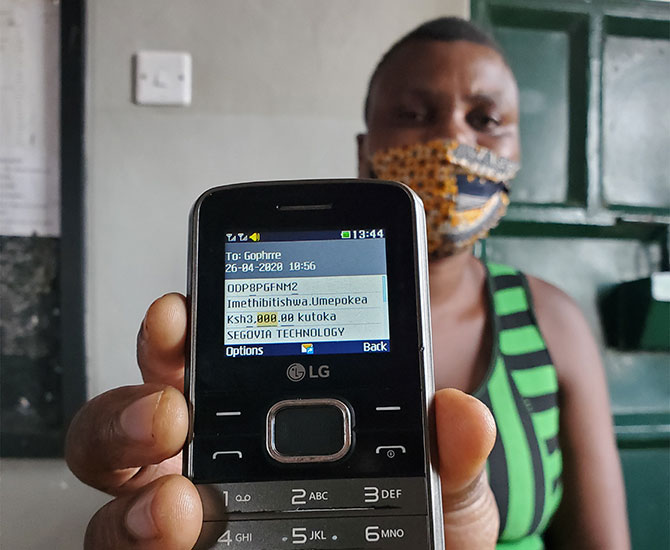Luminous: Australian watercolours 1900 – 2000
REVIEW by Mark Dober
Visitors to the NGV exhibition Luminous: Australian watercolours 1900 – 2000 have been witnessed lingering for extended periods over the works, revealing considerable viewer interest with the theme of the show. That theme, “versatility of the medium”, has certainly been demonstrated through a wide range of styles and uses that extend from the earlier ‘traditional’ work through to ‘modern’ and ‘contemporary’ work.
This categorising approach also imposes a narrative of innovation and development on the watercolour medium that does not entirely fit with best practice. As one example, Rick Amor – arguably Australia’s greatest contemporary watercolourist – is not represented in the show; perhaps because his work exhibits many traditional features in its technique.
The curiosity that viewers have for this exhibition owes much to the very particular technique of watercolour. The medium is transparent in two senses: its defining feature of washes of transparent colour, and the associated transparency of its process of construction. This transparency invites closer scrutiny of how a work was made.
Though watercolour is often thought of as a ‘traditional’ medium, the importance given to process and the way this process can be revealed in the final result lends the medium possibilities of meaning that are typically associated with Modernism. That is, watercolour is a medium that can be viewed as being very much about painting itself, irrespective of subject matter, style, or the period in which it was made.
A highlight of Luminous and the ‘traditional’ works is Hans Heysen’s Midsummer morning (1908). In the manner of an early watercolour by English master J.M.W. Turner, Heysen has used only a few variants of the primary colours (Prussian Blue and Ultramarine Blue, Burnt Sienna for red and Raw Sienna for yellow), to convey light and atmosphere and to model form. Sheep and tree trunks are modelled with Raw Sienna (the lights), Burnt Sienna (shadows in reflected light) and a darker Ultramarine Blue separates these tones. For all the classicising mood of Heysen’s Arcadian pastoral scene, the use of colour is proto-modernist.

Hans HEYSEN, ‘Midsummer morning’ 1908, watercolour over pencil 56.4 x 78.7 cm (sheet). National Gallery of Victoria, Melbourne Felton Bequest, 1908.

Fred Williams (Australia 1927–82, lived in England 1951–56), ‘Horseman in the landscape’ 1967, gouache, 57.0 x 76.8 cm. Purchased through The Art Foundation of Victoria with the assistance of the H. J. Heinz II Charitable and Family Trust, Governor, and the Utah Foundation, Fellow, 1980 (AC4-1980) © Estate of Fred Williams.
The Modernist period is well represented by Expressionist and Surrealist work of the 1940s. Arthur Boyd’s Two lovers, a bird and a coffin (1942-3) and Russell Drysdale’s Airport at Night (1944) use watercolour less as a medium in its own right and more as an adjunct to pencil or ink drawings.
The watercolour by Fred Williams is something of a novelty, as the artist almost always preferred to use gouache when painting on paper. Williams seemingly preferred gouache for its opacity, density and physicality – qualities more in keeping with oil paint. These attributes of the medium are well displayed in the gouache painting Horseman in the landscape (1967). Here colour is muted and the tones dark and heavy, yet the spontaneity of working plein-air is clearly apparent.
As expected, the contemporary watercolours are often of a much larger size than the earlier work. Fiona McMonagle’s large scaled and striking group of portraits (Untitled) in both watercolour and gouache have been made from media sourced photographs. They are, however, not particularly photo-realist in style and are in possession of a slightly disconcerting intensity, with the focus directed to the eyes of each subject). The artist has presented these people as an image of detachment rather than as someone known to the artist.

Fiona McMonagle, Untitled 2001, watercolour and gouache over pink pencil, 54.1 x 64.6 cm (image) 55.0 x 73.3 cm (sheet). National Gallery of Victoria, Melbourne. Purchased through the NGV Foundation with the assistance of the Joan Clemenger Endowment, Governor, 2003 © Fiona McMonagle .
In summary, although Luminous demonstrates the versatility of watercolour and gouache in Australian art during the twentieth century, the exhibition’s focus on diversity and the innovative development of the medium – grouped into categories described as traditional, modern, and contemporary – runs the risk of selecting work based on stylistic rather than qualitative considerations.
Luminous: Australian Watercolours 1900–2000, NGV Australia, Level 3, The Ian Potter Centre, Federation Square Melbourne (VIC), until 21 August 2016 – ngv.vic.gov.au





























